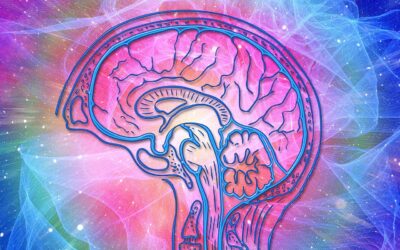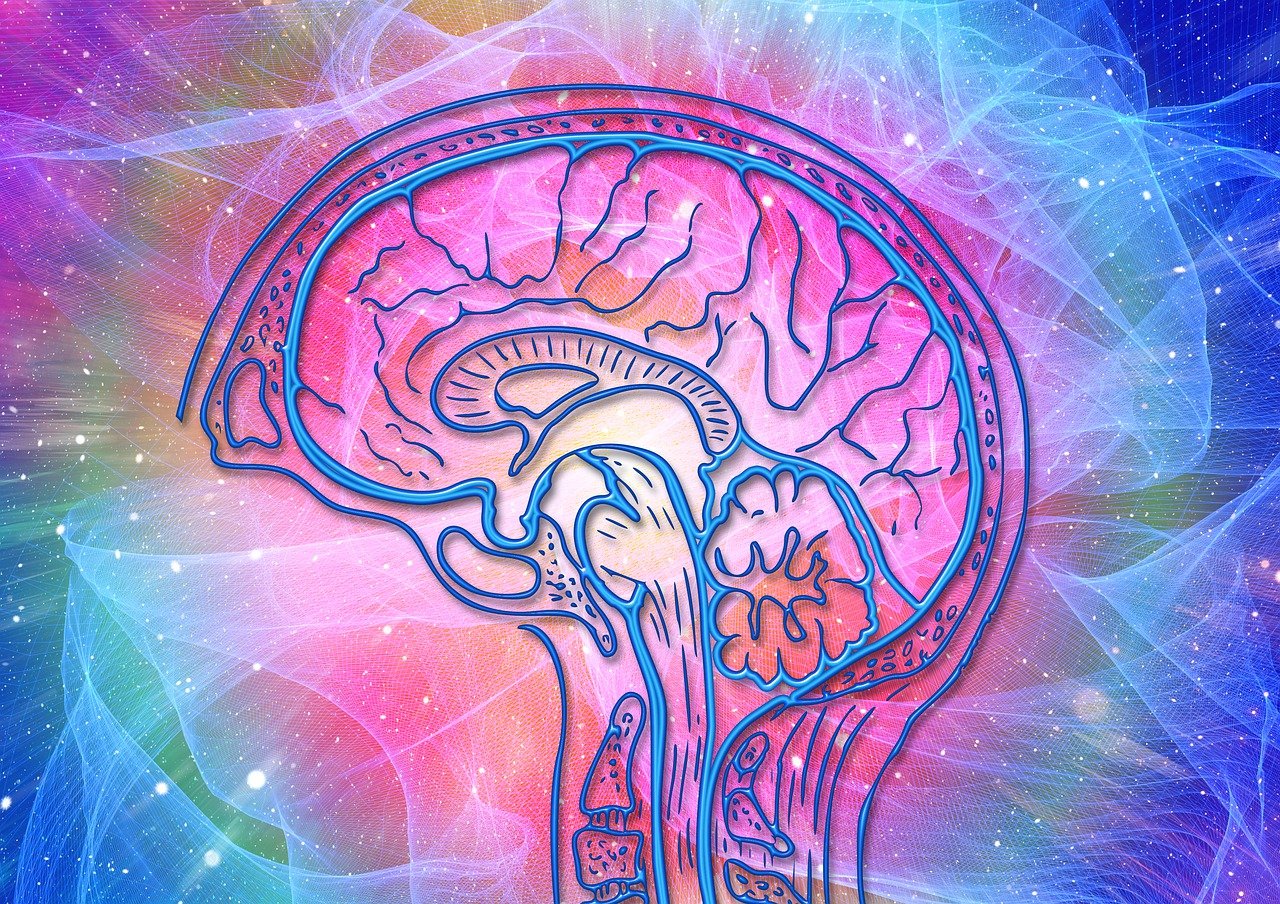Who Decides What AI’s Limits Should Be?
Who Decides What AI’s Limits Should Be?
Artificial Intelligence (AI) is increasingly shaping our lives—from recommending what we watch, helping us navigate traffic, to making decisions in critical areas such as healthcare, finance, and criminal justice. As AI becomes more powerful and pervasive, it raises important questions about control, accountability, and ethics. One of the most pressing questions is: Who decides what AI’s limits should be?
The answer is not straightforward. AI’s limits are shaped by a combination of stakeholders, including governments, private companies, academic researchers, and society at large. Balancing innovation with regulation is crucial to ensuring that AI technologies remain beneficial while minimizing potential risks. This article explores who plays a role in defining AI’s limits, the factors that influence these decisions, and the complex challenges of regulating such a transformative technology.
The Role of Governments and Policymakers
Governments and regulatory bodies are key players in setting the limits on AI, particularly when it comes to protecting public interests. Policymakers are responsible for creating the legal frameworks that govern how AI can be developed and used. The goal is to strike a balance between encouraging technological innovation and ensuring that AI is safe, fair, and transparent.
1. AI-Specific Legislation
In recent years, many countries have begun introducing AI-specific legislation to regulate the development and deployment of AI technologies. For example, the European Union has taken a leading role in this effort with its proposed Artificial Intelligence Act, a landmark regulation aimed at ensuring that AI is used responsibly across member states. The act classifies AI systems based on their level of risk and imposes strict requirements for “high-risk” AI applications, such as those used in law enforcement, healthcare, and recruitment. These systems must meet standards for accuracy, fairness, and transparency, and companies developing them must demonstrate that they have been designed with ethics in mind.
Similarly, the Algorithmic Accountability Act in the United States is a legislative effort to require companies to assess and address the impacts of their AI systems, particularly in areas like bias and discrimination. This law aims to ensure that AI technologies do not reinforce inequalities and that there is oversight when algorithms make decisions that affect people’s lives.
2. International Collaboration
Given AI’s global reach, international cooperation is also essential in setting its limits. Organizations such as the Organization for Economic Co-operation and Development (OECD) and the United Nations have created guidelines for responsible AI use that encourage countries to collaborate on AI policy. These guidelines aim to foster innovation while addressing shared concerns, such as privacy, accountability, and fairness.
For instance, the OECD’s AI Principles emphasize transparency, human rights, and the need for governments to ensure AI technologies benefit society as a whole. These efforts highlight the importance of global coordination, as AI technologies do not respect borders, and decisions made in one country can have a global impact.
The Role of Private Companies and Tech Giants
Tech companies, particularly those at the forefront of AI development, play a significant role in deciding AI’s limits. These companies often create the algorithms, data models, and AI-powered systems that shape how the technology is used. Their influence stems from both their technical expertise and the sheer scale of their AI deployments.
1. Corporate Responsibility
Leading AI companies like Google, Microsoft, and OpenAI have taken steps to define ethical guidelines for AI development. These companies have established AI ethics boards, published ethical frameworks, and committed to principles like fairness, transparency, and accountability. For example, Google’s AI Principles explicitly state that its AI technologies should avoid creating or reinforcing bias, be built for social benefit, and incorporate privacy safeguards.
Additionally, companies like Microsoft have launched initiatives like the AI for Good program, which supports projects that use AI to address societal challenges such as healthcare access, sustainability, and education. These initiatives demonstrate that tech companies recognize their responsibility to ensure AI is used ethically, but they also reflect the potential conflict of interest when companies regulate themselves.
2. The Conflict Between Profit and Ethics
While private companies often set internal ethical guidelines, they are ultimately motivated by profit. This can lead to tension between ethical considerations and the pressure to innovate quickly, capture market share, or reduce costs. For example, Amazon’s use of AI in recruitment faced backlash when it was discovered that its hiring algorithm was biased against women. While the company discontinued the tool, the incident highlighted the risk that corporate interests may sometimes overshadow ethical concerns.
Tech companies wield enormous influence over the direction of AI development, and their decisions can set de facto limits on the technology. However, when profit motives conflict with ethical concerns, it becomes clear why external oversight and regulation are necessary.
The Role of Researchers and Academia
Academic researchers play a crucial role in shaping AI’s limits by exploring the ethical implications of AI and developing new approaches to mitigate risks. Universities and research institutions are often where the foundational work on AI ethics, fairness, and transparency takes place.
1. Developing Ethical AI Models
Researchers are working on creating more ethical AI models that are less prone to bias and more transparent. One example is the development of fairness-aware algorithms, which are designed to minimize discrimination in AI systems. These algorithms can be used in areas like criminal justice, healthcare, and finance to ensure that AI decisions are not skewed against marginalized groups.
Additionally, the field of explainable AI (XAI) is focused on making AI decisions more transparent. Researchers in this area are developing techniques that allow users to understand how AI systems arrive at their decisions, making it easier to identify and address potential biases or errors.
2. Advocating for Ethical Standards
Many researchers advocate for ethical standards in AI through publications, conferences, and collaboration with policymakers. Academic research often serves as the foundation for AI guidelines and legislation, providing the evidence base for why certain limits are necessary. For example, studies that reveal biases in AI systems, like facial recognition algorithms that perform worse on people with darker skin tones, have prompted policymakers and companies to take corrective action.
Academic voices are critical in the AI debate because they are often more independent than corporate entities, allowing them to prioritize ethical concerns over commercial interests.
The Role of Society and Public Opinion
AI’s limits are not just decided by policymakers, companies, and researchers. Society plays a crucial role in determining what is acceptable, as public opinion shapes the norms and values that guide AI development.
1. Public Concerns and Advocacy
Public awareness of AI’s risks, such as privacy violations, bias, and job displacement, has grown in recent years. These concerns are often amplified by media reports of AI systems being used in ways that harm individuals or communities. For instance, AI-powered facial recognition has sparked significant public debate due to its use in mass surveillance and its potential for abuse by governments and law enforcement agencies. In response to public outcry, several cities, including San Francisco and Boston, have banned the use of facial recognition technology by government agencies.
Public opinion can also influence corporate behavior. In 2018, Google employees staged a walkout in protest of the company’s involvement in the Pentagon’s Project Maven, which used AI to analyze drone footage for military purposes. As a result, Google withdrew from the project and reaffirmed its commitment to not develop AI for weaponry.
2. The Importance of Public Engagement
Public engagement is essential in deciding AI’s limits because AI technologies affect all aspects of society. As AI continues to play a larger role in our daily lives, it is important that the public has a voice in how it is used. This includes input on issues like data privacy, employment impacts, and the role of AI in decision-making processes that affect citizens, such as welfare distribution or criminal sentencing.
To foster meaningful public engagement, transparency is crucial. Citizens need to understand how AI systems work, what data is being collected, and how decisions are made. Only then can they make informed judgments about the limits that should be placed on AI.
Complex Challenges in Defining AI’s Limits
Deciding the limits of AI is a complex challenge that involves navigating several competing priorities.
1. Balancing Innovation with Regulation
Over-regulation of AI could stifle innovation and slow down the development of technologies that have the potential to greatly benefit society. On the other hand, too little regulation could lead to the misuse of AI, creating risks for individuals and society. Policymakers face the challenge of creating regulatory frameworks that encourage innovation while protecting the public from harm.
2. The Global Nature of AI
AI is a global technology, developed and deployed across borders. This creates difficulties in regulating AI, as different countries may have different standards and values. For example, some countries may prioritize economic growth over privacy, while others may impose strict limitations on AI to protect civil liberties. International collaboration is necessary to create cohesive standards, but reaching global consensus on AI’s limits is a daunting task.
3. Evolving Technology
AI is constantly evolving, which means that regulations must be flexible enough to keep up with technological advancements. The limits that make sense today may not be sufficient in a few years as AI becomes more powerful and integrated into more areas of life. This requires adaptive governance models that can respond to new challenges as they arise.
Who Should Decide?
Ultimately, the limits of AI should be decided by a combination of stakeholders. Governments must create regulations that protect public interests, while private companies should be held accountable for ethical AI development. Researchers play a critical role in advancing ethical AI, and public opinion provides the moral compass that guides decisions about what is acceptable.
AI’s limits are not static—they will evolve as the technology evolves, and as societal values shift. A collaborative, multidisciplinary approach that includes input from diverse voices is essential to ensure that AI develops in a way that benefits everyone, while minimizing harm.
The Path Forward: A Shared Responsibility
Determining the limits of AI is a shared responsibility. No single entity can or should have the authority to decide how AI is
used and regulated. As AI continues to transform society, it’s essential that all stakeholders—governments, businesses, researchers, and the public—work together to shape a future where AI serves the common good.
By fostering an inclusive and transparent dialogue about the risks and benefits of AI, we can navigate the complexities of this powerful technology and ensure that its limits reflect the values of society as a whole. The quest to define AI’s boundaries is ongoing, but with collective effort, we can steer AI toward outcomes that are ethical, fair, and beneficial for all.









